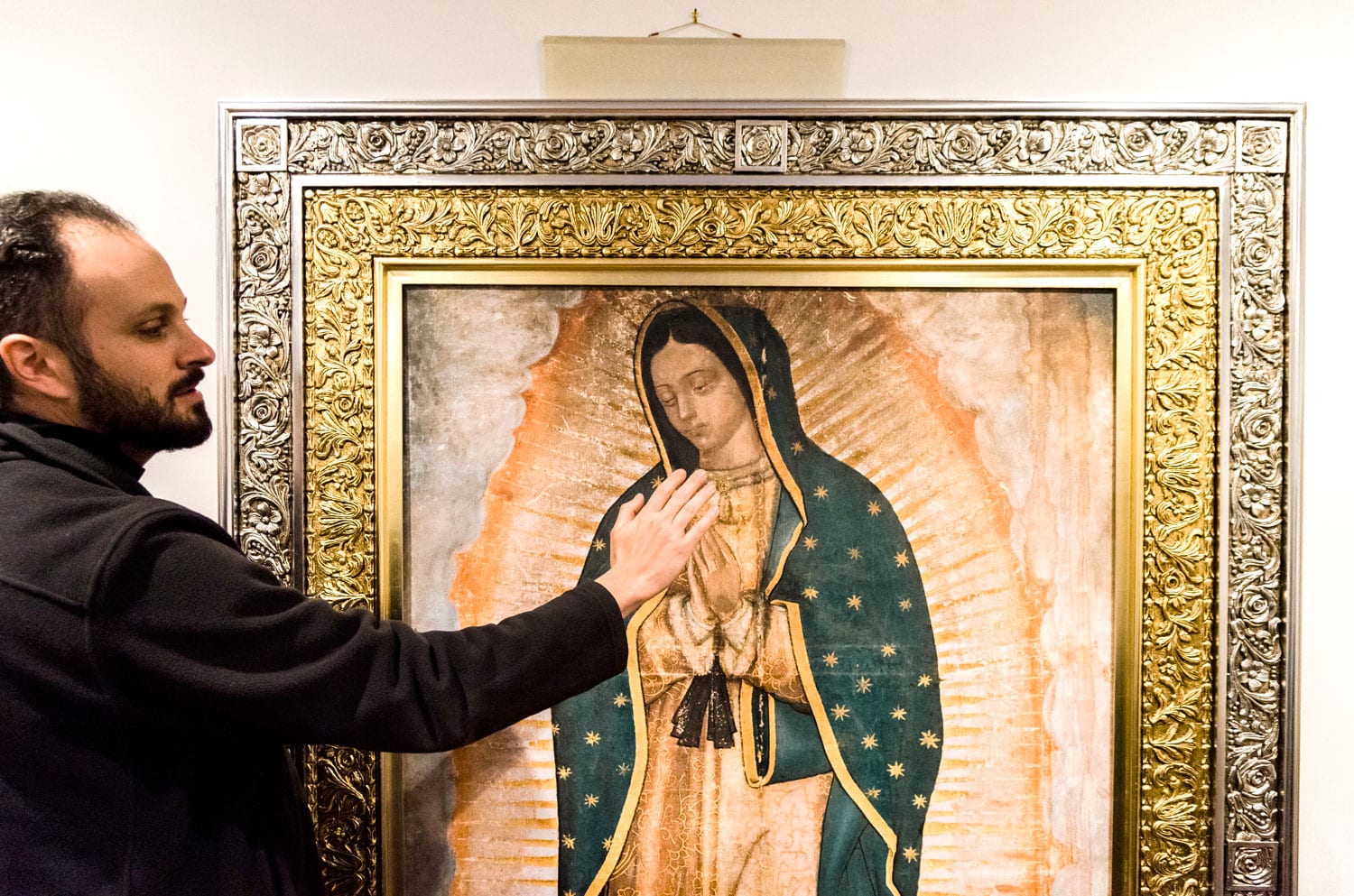LYNN — Parishioners of St. Joseph’s Church are eagerly anticipating a rare unveiling of their patron saint’s image during a celebration this Thursday, according to the Rev. Wellington Oliveira.
Each year, the majority-Hispanic church holds a nine-day prayer to the Virgin of Guadalupe, which some Catholics refer to as the “Novena to Our Lady of Guadalupe.”
The nightly prayer traditionally begins each year on Dec. 4 and culminates with a Dec. 12 feast and celebration of the Virgin of Guadalupe, the patron saint of Mexico who is more commonly known as the Virgin Mary, the mother of Jesus.
“The Catholic Church has announced many years (ago) that Our Lady of Guadalupe is the patroness of all the Americas,” said Oliveira. “People in the United States have a special devotion to her, especially the Hispanics.”
The Novena will continue this week at St. Joseph’s and will lead up to a two-day celebration at the church on Wednesday and Thursday. But for the first time, the celebration at the Lynn church will include a replica of the image of the Virgin of Guadalupe.
“That’s a big thing for us that we haven’t had in previous years,” said Dora Garcia, who is coordinating the celebration. “No church in the North Shore has this image that we’re going to bring in.”
For some parishioners, seeing the replica in Lynn will be the closest they will ever get to the original, which is enshrined in the Basilica of Our Lady of Guadalupe, north of Mexico City. Each year, people make the pilgrimage to Mexico pay homage to the image.
“(Now they) don’t have to go to Mexico if they don’t want to,” said Oliveria. “It’s not the original one, but it’s the same one (with the) same dimensions.”
The replica, which stands seven feet tall and spans four feet, will be unveiled at midnight Thursday following a party with live music Wednesday night. It was acquired from Mexico and will be displayed prominently during a large mass and celebration Thursday, Oliveria said.
Bringing the image to Lynn was the idea of the Rev. Andrea Filipucci, the new priest at St. Joseph’s, Garcia said. Its origins date back to the 16th century.
According to Catholic tradition, in 1531, the Virgin Mary allegedly appeared before Juan Diego in a vision on Dec. 9, and requested that a shrine to her be built on Tepeyac Hill, a suburb of Mexico City, where the meeting is said to have taken place, according to the Encyclopaedia Britannica.
But the bishop would not allow for construction of such a church until he saw evidence of a divine sign. In response, Mary is said to have appeared before Diego, an Aztec convert to Christianity, for a second time on Dec. 12 with an order for him to collect roses, according to the encyclopedia passage.
Tradition claims that when Diego opened his cloak to the bishop, dozens of roses fell to the floor and revealed the image of Mary, which is the same image that appears in the Basilica of Guadalupe in Mexico, according to the encyclopedia passage.

